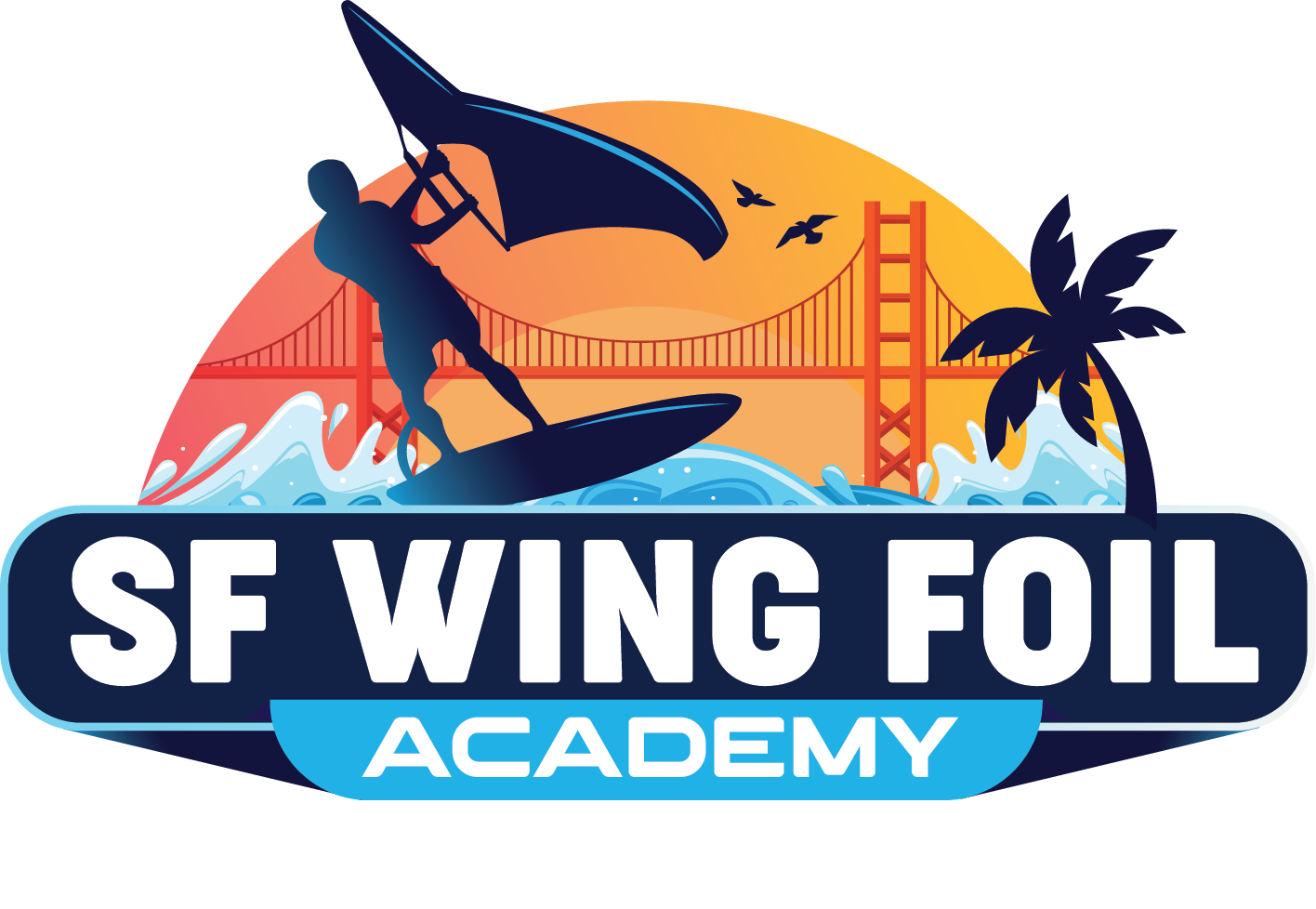The wing foiling industry has evolved rapidly, offering riders an increasingly diverse range of board options. Among the most significant choices facing wing foilers today is deciding between inflatable and hard carbon fiber boards. While purists might dismiss inflatables as inferior, the reality is more nuanced. Each board type excels in specific situations, and understanding when to use each can dramatically improve your wing foiling experience.
The Case for Inflatable Wing Foil Boards
Learning and Progression
Inflatable boards shine brightest during the learning phase. Their forgiving nature makes them ideal for beginners who are still mastering water starts, foil control, and crash recovery. The soft surface reduces the risk of injury during inevitable wipeouts, while the board’s inherent stability helps build confidence in those crucial early sessions.
For intermediate riders working on new skills like jibes, tacks, or jump transitions, inflatables provide a safe platform for experimentation. The psychological comfort of knowing a crash won’t result in a hard impact allows riders to push their boundaries more aggressively, often accelerating skill development.
Travel and Storage Constraints
The most compelling advantage of inflatable boards becomes apparent when dealing with travel and storage limitations. A high-quality inflatable board packs down to roughly the size of a large backpack, making it feasible to bring your own equipment on airline trips without prohibitive baggage fees or oversized luggage hassles.
For urban dwellers with limited storage space, apartment living situations, or those who lack roof racks or large vehicles, inflatables eliminate many logistical barriers to regular wing foiling. The ability to store your complete setup in a closet or under a bed can be the difference between regular sessions and sporadic riding.
Rough Handling Environments
Inflatable boards excel in situations where equipment abuse is likely. Rocky shorelines, crowded beaches, or areas with shallow water and obstacles favor the durability of inflatables. While they’re not indestructible, they’re far more resistant to dings, cracks, and catastrophic damage from impacts that would seriously compromise a carbon board.
Beach rentals and instruction programs often prefer inflatables for their durability and lower replacement costs. The boards can withstand the inevitable rough handling that comes with high-turnover rental operations.
Budget Considerations
Quality inflatable wing foil boards typically cost significantly less than comparable carbon fiber alternatives. For riders entering the sport or those wanting a backup board, inflatables offer an accessible entry point without compromising too heavily on performance.
Light Wind Versatility
Many inflatable boards are designed with larger volumes and wider profiles that excel in marginal wind conditions. Their stability allows riders to generate speed and get foiling in conditions where a smaller, less stable carbon board might struggle. This makes them valuable for locations with inconsistent wind or riders who want to maximize their time on the water.
When Carbon Fiber Boards Take the Lead
Performance Ceiling
Carbon fiber boards offer superior performance characteristics that become increasingly important as rider skill develops. The stiffer construction provides better energy transfer, more responsive handling, and improved efficiency when pumping or carving. Advanced riders pushing the limits of the sport will find carbon boards more capable of handling aggressive maneuvers and high-speed riding.
Durability in Normal Use
While more susceptible to impact damage, quality carbon boards often outlast inflatables in terms of overall structural integrity. Inflatable boards can develop slow leaks, valve issues, or fabric wear that affects performance over time. A well-maintained carbon board can provide decades of reliable service.
Competitive Edge
For racing, freestyle, or any competitive wing foiling discipline, carbon boards typically offer advantages in weight, stiffness, and performance consistency that can make a meaningful difference in results.
Specialized Design Freedom
Carbon construction allows for more extreme design variations, including cutouts, concaves, and complex bottom shapes that would be impossible or impractical in inflatable construction. This enables boards optimized for specific disciplines like wave riding, freestyle, or racing.
Situational Decision Making
Session Planning
Consider your session plans when choosing between board types. A mellow cruise session or skills practice might favor an inflatable, while aggressive wave riding or high-performance sessions call for carbon. Many experienced riders maintain both types in their quiver for different applications.
Environmental Factors
Beach type, water depth, obstacle presence, and launching conditions all influence board choice. Rocky shores and shallow water favor inflatables, while clean beaches with deep water launching allow carbon boards to shine.
Riding Companions
When introducing friends or family to wing foiling, inflatables provide a safer, more confidence-inspiring platform for their first experiences. The forgiving nature of inflatable boards can make the difference between someone falling in love with the sport or being intimidated away from it.
The Hybrid Approach
Many experienced wing foilers eventually maintain both board types, using each for its optimal applications. This approach maximizes versatility and ensures you have the right tool for any situation. Consider starting with an inflatable for learning and general use, then adding a carbon board as skills and specific needs develop.
Quality Matters Regardless
Whether choosing inflatable or carbon, quality construction makes a significant difference in performance and durability. Well-made inflatable boards can rival entry-level carbon boards in stiffness and responsiveness, while poorly constructed carbon boards may disappoint despite their premium materials.
Conclusion
The choice between inflatable and carbon wing foil boards isn’t about one being universally superior to the other. Instead, it’s about matching the right tool to your specific needs, skill level, and circumstances. Inflatable boards excel in learning environments, travel situations, rough conditions, and budget-conscious applications. Carbon boards dominate in high-performance scenarios, competitive use, and situations where ultimate responsiveness matters most.
Rather than viewing this as an either-or decision, consider how each board type might serve different aspects of your wing foiling journey. The “right” choice depends entirely on when, where, and how you plan to use your equipment. Understanding these nuances will help you make informed decisions that enhance your time on the water and support your progression in this incredible sport.
Disclaimer: Board selection should consider individual rider weight, skill level, local conditions, and personal preferences. Performance characteristics can vary significantly between manufacturers and specific models within each category. This article provides general guidance and should not replace hands-on testing or consultation with experienced retailers and instructors. Always prioritize safety equipment and proper instruction regardless of board choice.


